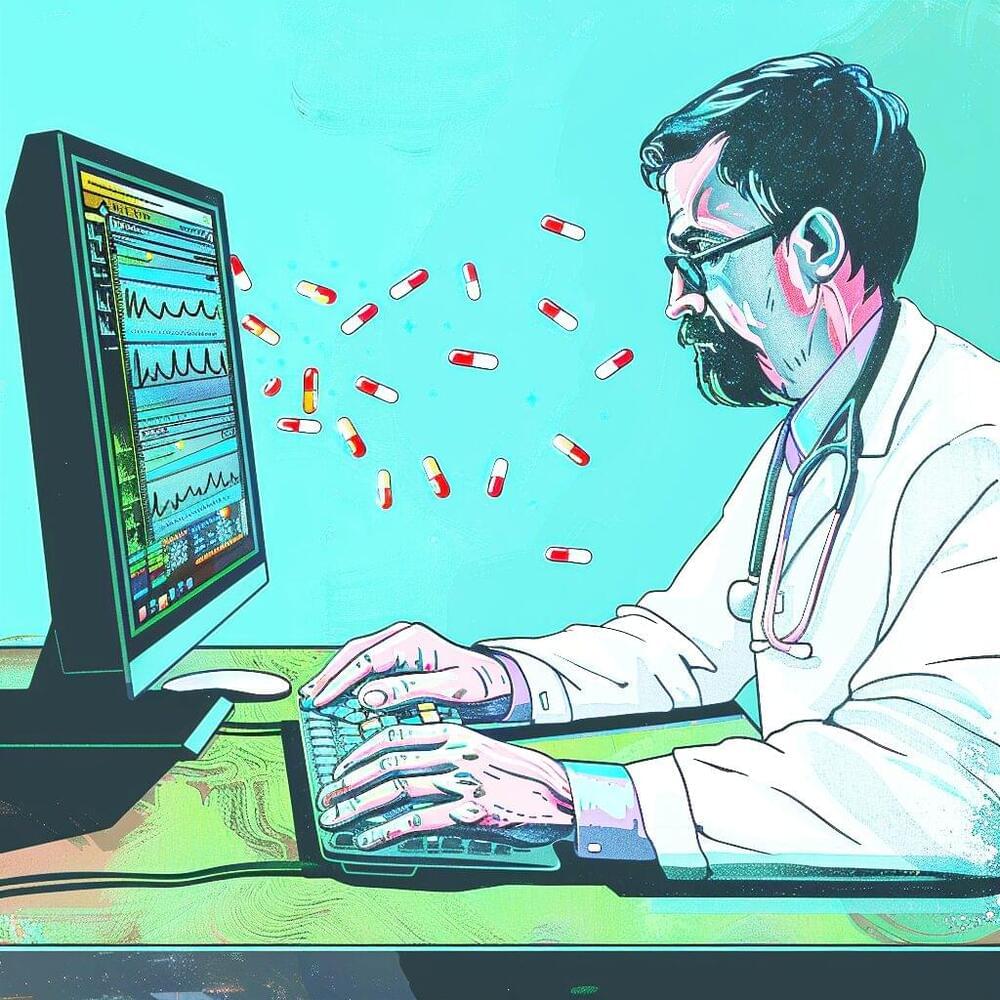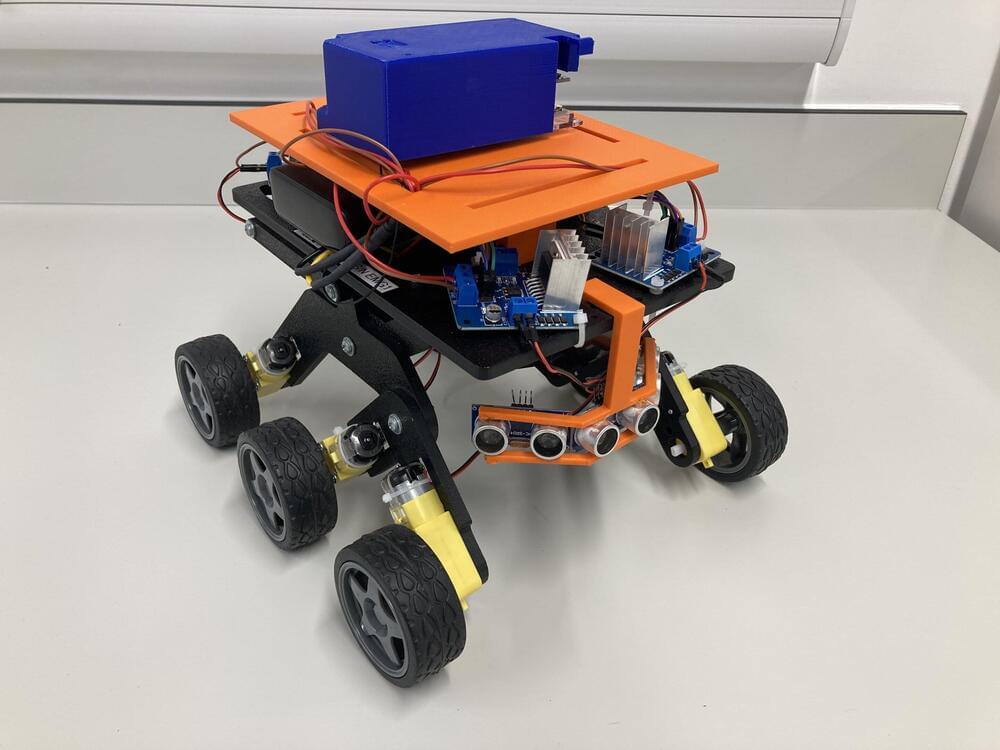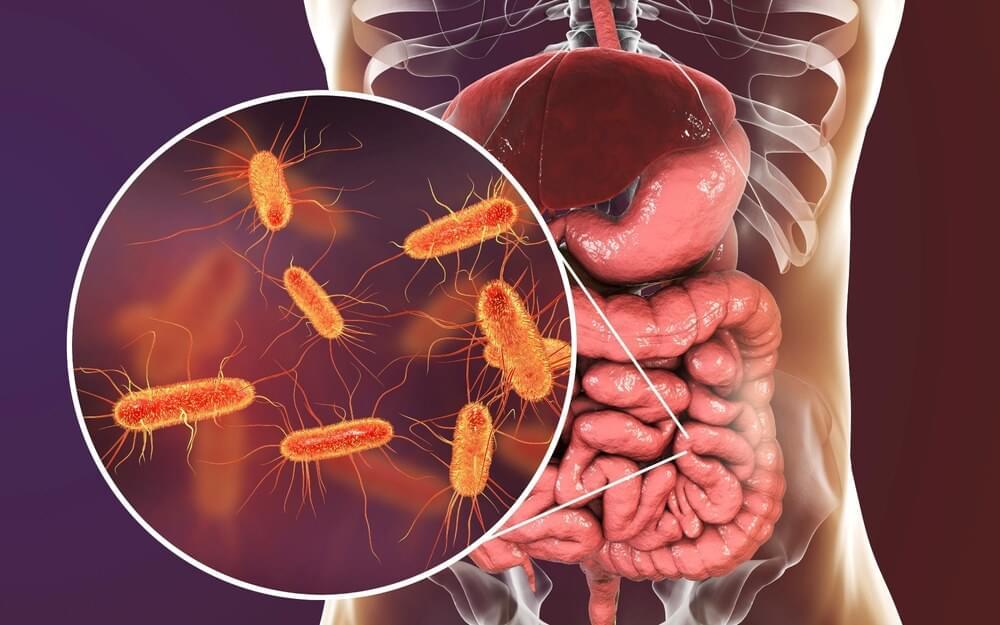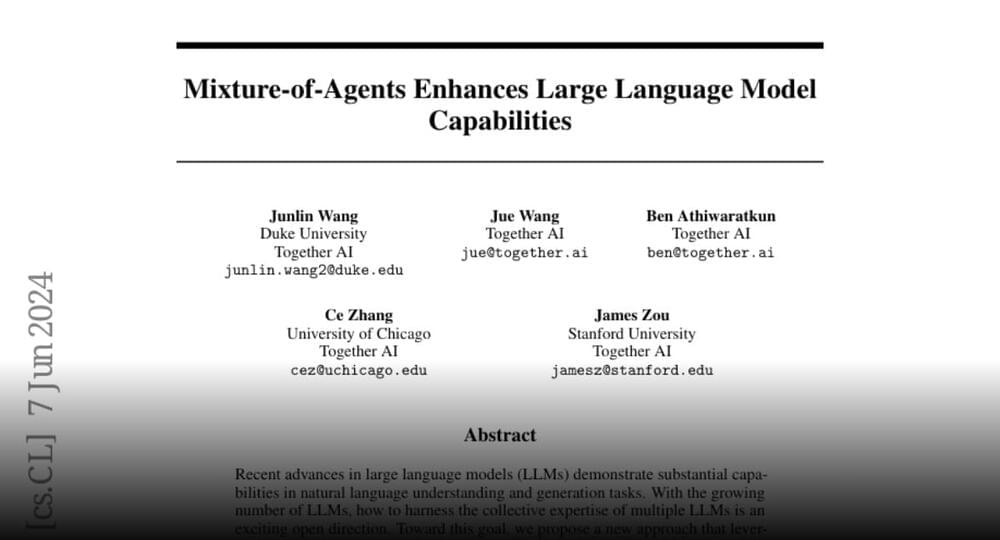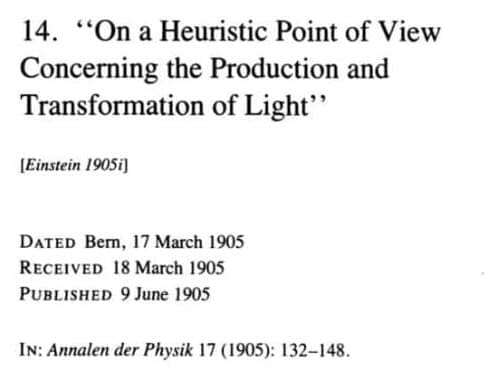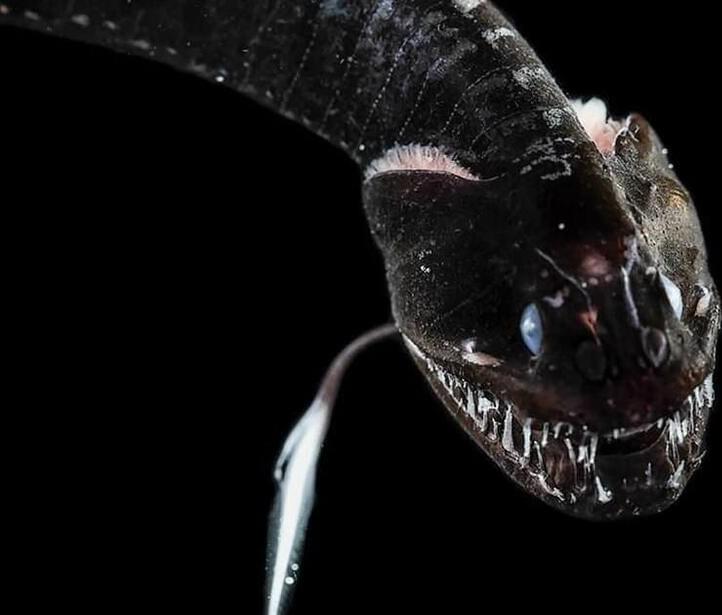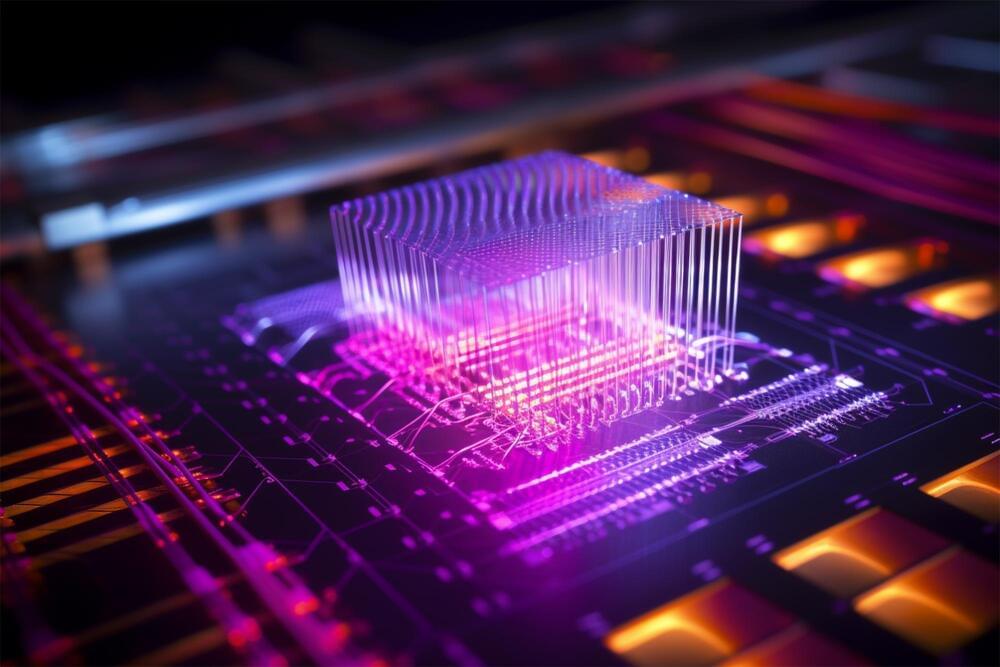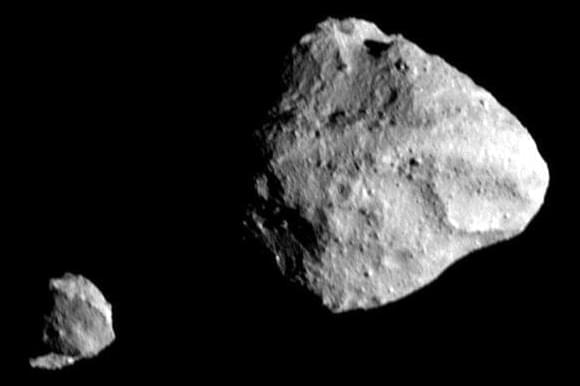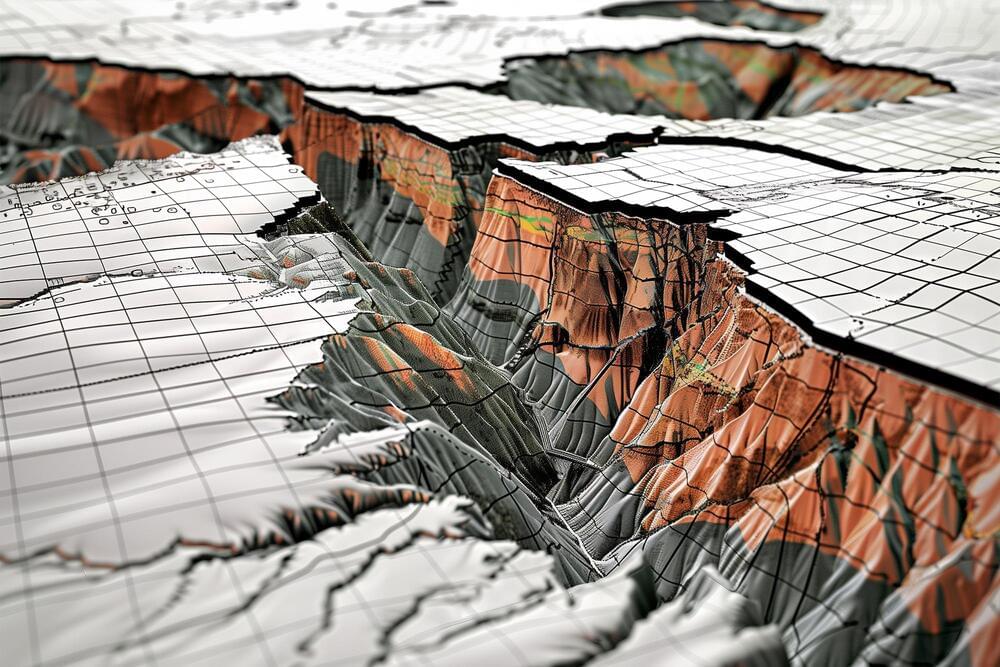Jun 10, 2024
AI Used to Predict Potential New Antibiotics
Posted by Shubham Ghosh Roy in categories: biotech/medical, chemistry, robotics/AI
A new study used machine learning to predict potential new antibiotics in the global microbiome, which study authors say marks a significant advance in the use of artificial intelligence in antibiotic resistance research…
For this study, the researchers collected genomes and meta-genomes stored in publicly available databases and looked for DNA snippets that could have antimicrobial activity. To validate those predictions, they used chemistry to synthesize 100 of those molecules in the laboratory and then test them to determine if they could actually kill bacteria, including ‘some of the most dangerous pathogens in our society’, de la Fuente said.
